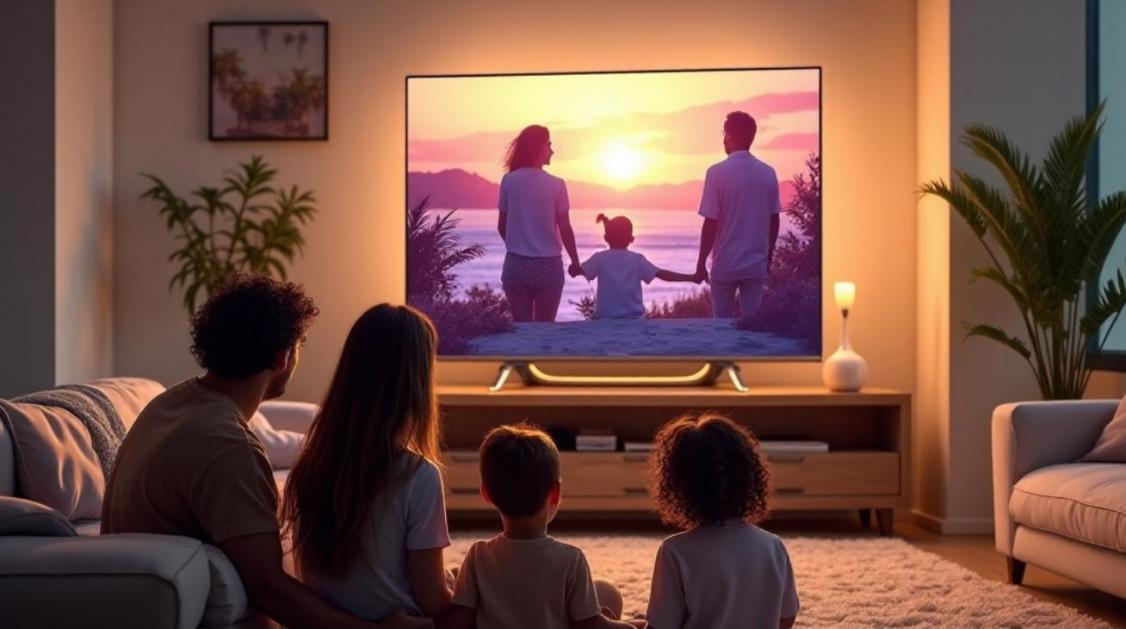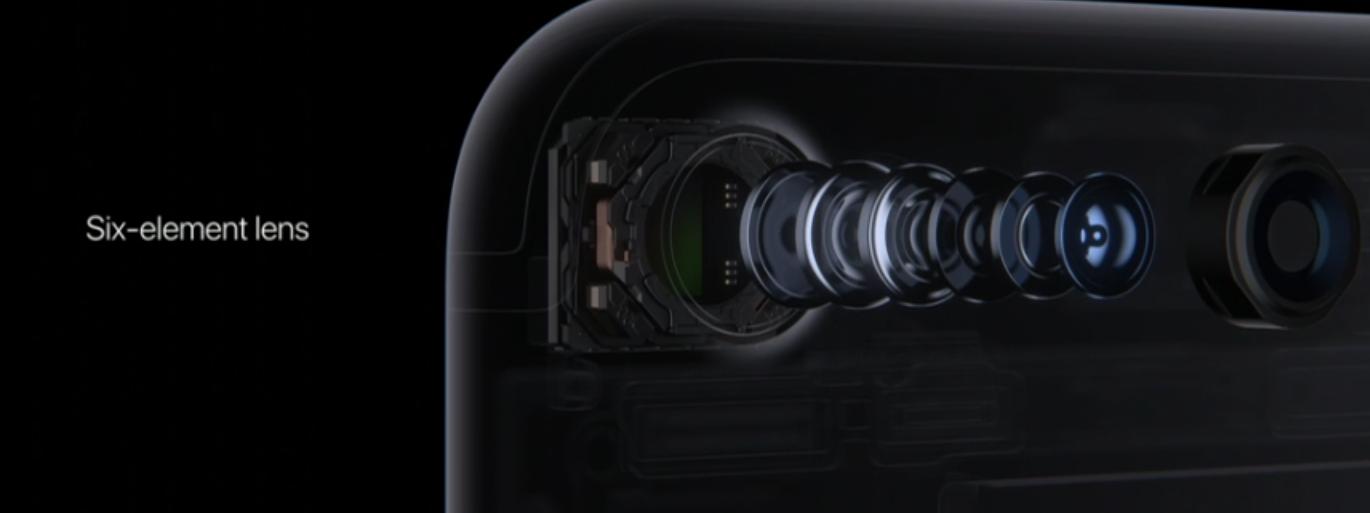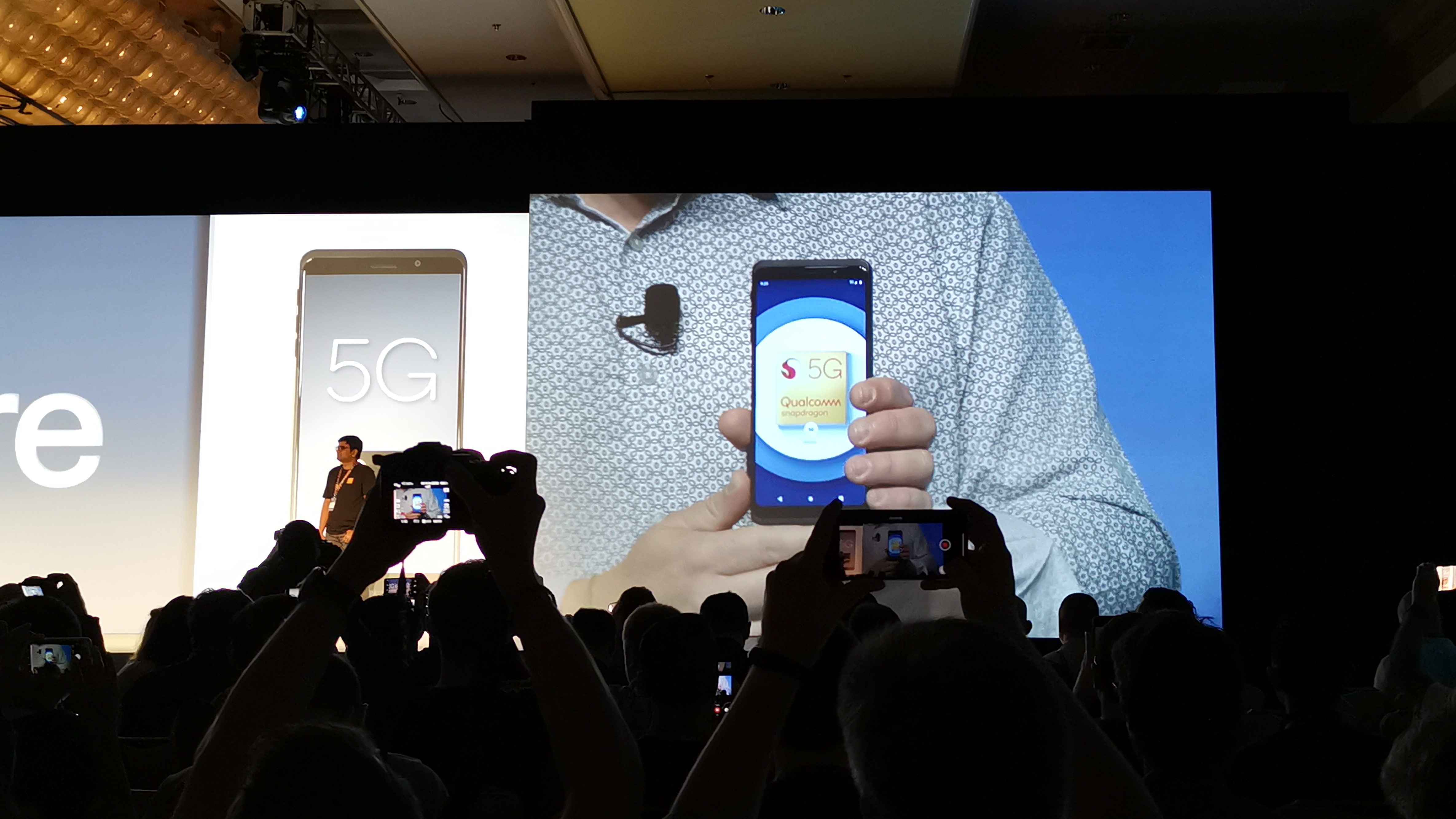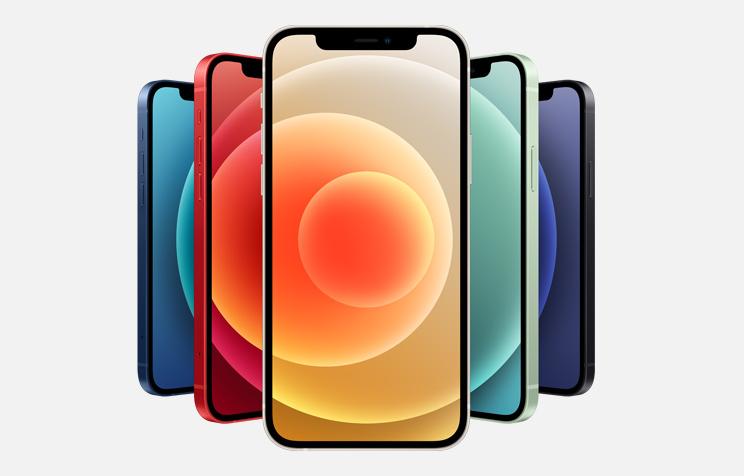Television has evolved but retains a crucial role in our media consumption habits. As Smart TVs integrate with digital platforms, TV remains a staple in households worldwide. The unique features of TV, such as real-time broadcasting and rich storytelling, appeal to viewers despite the rise of smartphones and streaming services. Understanding how television keeps its relevance can offer insights into both media habits and consumer preferences. Whether for live sports, news, or communal viewing, TV delivers experiences that personal devices often cannot match. Learn how you can integrate VTV into your Smart TV setup, keeping your viewing habits both modern and traditional.

The Unique Viewing Experience of Traditional TV
Immersive Large-Screen Experience
Televisions provide large screens that dwarf the small displays of smartphones and tablets, offering an unmatched viewing experience. Viewers are engrossed in vivid visuals and intricate details, ideal for films and sports. A large screen creates an environment where distractions fade, allowing for deeper immersion. At home, it’s easier to focus and appreciate the nuances of cinematography and special effects crafted by directors and producers. Moreover, advanced Smart TVs enhance this experience further with features that enhance color accuracy, motion rates, and resolution, making it possible to enjoy content in ways small screens can’t replicate, maintaining this medium’s popularity.
Superior Audio-Visual Quality
The audio-visual superiority of traditional TV sets sets it apart. Picture quality and sound clarity leave lasting impressions, critical for engaging visual content. While smartphones have advanced, they often can’t match the dynamic range and surround sound that TVs offer. High-definition and 4K resolutions have become the norm for Smart TVs, delivering crisp images that captivate audiences. Add in high-quality audio systems, and viewers experience a cinema-like atmosphere. This robust setup makes TV the go-to choice for those who appreciate superior entertainment quality, directly impacting how we perceive and enjoy media, from dramas to intense action sequences.
Ideal for Family and Communal Viewing
Television has a unique role in fostering family and communal interactions. Homes with a TV in the living room create a gathering space where families share experiences, watch shows, movies, or sports events. Unlike smartphones, which are often personal devices, TV viewing encourages social interactions and discussions. This communal aspect reinforces family bonds and creates lasting memories. Watching TV becomes a shared event, where reactions and laughter are mutual, enhancing the entertainment experience. In family settings, Smart TVs have revitalized this tradition, offering apps and connectivity that bring families closer, blending traditional viewing with modern connectivity.

TV’s Role in Live Events and Real-Time Broadcasting
Importance of TV for Live Sports, News, and Events
Television excels in delivering live sports, news, and events, where immediacy matters. Sports fans rely on TV for live coverage, receiving real-time action and commentary. News channels keep viewers informed with minute-by-minute updates on developing stories, offering context and analysis that enrich understanding. Events like award shows, concerts, or political debates gain watchability owing to the seamless broadcasting capabilities of TV networks. TV’s scheduling uniqueness helps viewership, while on-demand elements of other platforms grapple with time delays. This real-time broadcasting advantage solidifies TV’s place as an essential medium for experiencing pivotal moments as they unfold.
Immediate Access to Breaking News and Real-Time Updates
The immediacy that TV offers in accessing breaking news is crucial for staying informed. Unlike online platforms that require user intervention, TV broadcasts deliver updates directly, ensuring information flows to audiences without delay. Major news networks prioritize swift, accurate reporting, equipping audiences with vital insights and developments as they happen. This real-time capability also supports emergency broadcasts where timely dissemination of information can impact public safety. By providing continuous updates and expert analysis, television ensures viewers are never more than a moment away from comprehending global or local issues, demonstrating its ongoing relevance in media consumption.
Shared Experience During Significant Events
Television offers a shared viewing channel during significant events, uniting disparate audiences worldwide. The medium transforms moments into collective experiences, where viewers across regions watch the same broadcast, sparking simultaneous reactions. Major cultural, sporting, or entertainment events capitalize on this shared connectivity. TV anchors and presenters add context and commentary that enrich understanding and engagement. This unique aspect fuels discussions and conversations across communities, bridging gaps and creating a virtual collective. Whether cheering for teams or celebrating cultural milestones, the shared experiences forged through television make irreplaceable memories, keeping it relevant and impactful amid evolving media landscapes.
TV’s Enduring Influence on Advertising and Brand Engagement
Effectiveness of TV Advertising in Reaching a Broad Audience
In the diverse world of advertising, TV holds a unique edge. Its reach is unmatched, with ads broadcast to millions simultaneously, capturing a broader audience than most digital platforms. Brands utilize television for mass-market campaigns that demand visibility and awareness. The structure of TV programming enables strategic ad placements, ensuring ads capture attention during high viewership moments. With precise targeting capabilities now integrated into Smart TVs, advertisers craft customized messages for audiences, amplifying engagement. By combining reach with strategic placement, TV advertising continues as a powerful tool for brand visibility, influencing consumer decisions on a significant scale.
Emotional Connection Through TV Commercials
Television commercials create emotional connections that resonate with viewers. These ads often tell stories that evoke feelings, making them memorable and impactful. Whether it’s joy, nostalgia, or empathy, the emotions stirred by TV ads can influence brand perception and loyalty. The medium’s expansive time slots allow for narrative development, enabling advertisers to deepen audience engagement. Skilled storytelling and evocative visuals crafted for TV captivate audiences, establishing emotional bonds that persist beyond the viewing experience. This ability to forge connections makes TV advertising indispensable for brands aiming to leave a lasting impression, enhancing their market reach.
High Production Quality and Storytelling in TV Ads
TV ads boast high production values that maximize their impact. The caliber of storytelling and visualization sets a benchmark for quality, outshining many online formats. Advertisements leverage cinema-grade visuals and compelling narratives to drive their messages home. This high-standard production captivates audiences, leaving lasting impressions. Brands investing in TV ads aim to deliver polished, professional content that resonates with viewers, utilizing top-tier directors and cinematographers. These high-quality productions enrich the brand message, ensuring it captures audience attention effectively. Superior storytelling techniques and visuals in TV ads embody brands’ commitment to quality, sustaining TV’s influence in advertising.
The Future of TV: Convergence with Digital Platforms
Television is adapting dynamically by merging with digital platforms, ensuring its future relevance. Smart TVs represent this convergence, integrating streaming services, apps, and interactive experiences into the TV interface. Viewers seamlessly switch between traditional broadcasts and on-demand content, enjoying the ease of use and flexibility. This hybrid model addresses diverse viewer preferences, maintaining TV’s appeal across generations. By blending TV’s strength—real-time broadcasting—and the digital realm’s versatility, this integration enhances viewing experiences. Television’s continuance as a vital medium lies in its ability to coexist and interact with digital innovations, offering audiences comprehensive media accessibility and choice.
Conclusion
Television’s evolving nature underscores its perpetual relevance. It adapts, embracing digital integration while preserving its core strengths: immersive viewing, real-time broadcasting, and effective advertising. As Smart TVs bridge traditional and digital realms, TV remains a vital entertainment medium. Its capability for large-scale reach and emotional resonance with audiences ensures its place in modern media landscapes. Whether for live events, shared experiences, or high-quality content, TV endures as an essential fixture in entertainment in households worldwide. Understanding its unique strengths ensures we appreciate television’s value amidst the technological advancements of an ever-connected world.
FAQ
How Can I Watch VTV on My Smart TV?
Many people want to know How to Watch VTV on Smart TV, connect to the internet, and download the VTV app from the TV’s app store. Once installed, open the app and follow on-screen prompts to access VTV’s streaming services or channels. If your Smart TV supports casting, use your smartphone to initiate VTV’s stream and cast it to your TV screen. Alternatively, some Smart TVs may offer VTV channels through cable or satellite services integrated into the setup, enhancing your convenience and viewing experience.
Are Traditional TV Channels Still Available on Smart TVs?
Yes, traditional TV channels are accessible on most Smart TVs. These televisions come with built-in tuners for terrestrial or cable broadcasts, allowing viewers to scan and access local channels. While digital streaming services dominate, traditional channels remain vital for news, sports, and network shows. Smart TVs often combine both digital platforms and traditional channels within a unified interface for ease of navigation. Users can switch between conventional cable or antenna channels and modern streaming apps effortlessly, enjoying diverse content options that combine past and present viewing habits.
Do Smart TVs Support Streaming Services?
Smart TVs are designed for seamless integration with popular streaming services. Brands like Netflix, Hulu, and Amazon Prime Video offer apps available for download on Smart TV interfaces. Internet connectivity is essential, allowing viewers to stream thousands of shows, movies, and exclusive content without auxiliary devices. Beyond mainstream services, many Smart TVs support niche apps and platforms, curated for diverse preferences. Combined with traditional broadcasting capabilities, Smart TVs provide comprehensive content accessibility that caters to varied entertainment interests, maintaining TV’s centrality in our media consumption.











